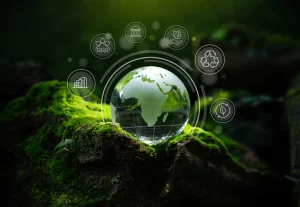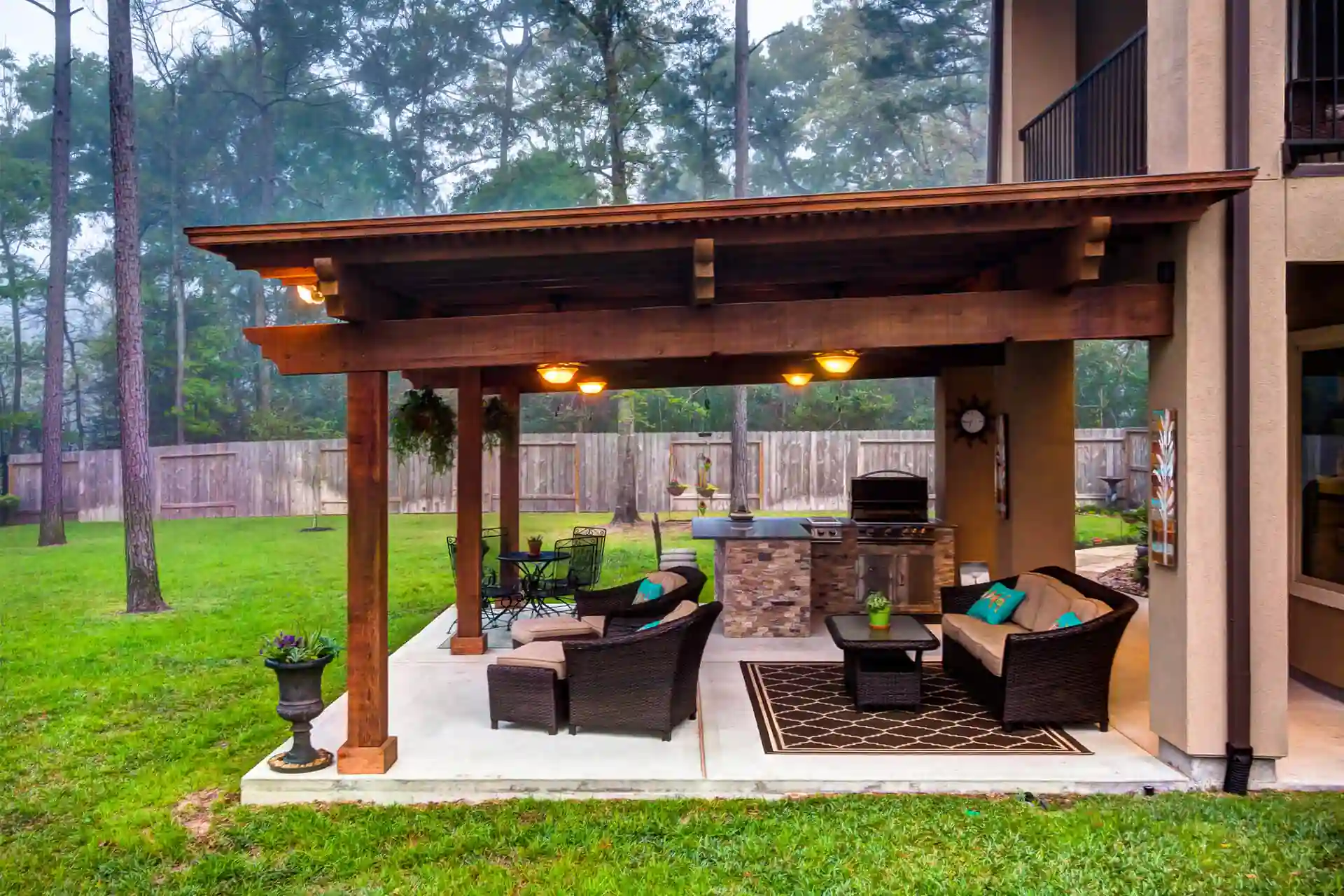The fusion of sustainability technology with modern arts offers a unique opportunity to blend creativity with environmental responsibility, sparking a transformative dialogue that goes beyond traditional artistic boundaries. By exploring the harmony between innovation and sustainability, artists reshape the artistic landscape, challenging perceptions and pushing boundaries in art. This blend of technology and art unlocks a realm of possibilities, promising to reshape the future of artistic expression and environmental stewardship in thought-provoking and inspiring ways.
Key Takeaways
- Reduces carbon footprint and environmental impact.
- Inspires eco-conscious practices in the arts.
- Enhances artists’ reputation and creativity.
- Engages audiences with meaningful, sustainable art.
- Leads the way to a greener future for the arts.
The Growing Importance of Sustainability Technology
The integration of sustainability technology into modern arts is paramount in addressing environmental concerns and fostering a more eco-conscious creative industry. By incorporating sustainable practices like using recycled materials, energy-efficient lighting, and eco-friendly production processes, artists can reduce their carbon footprint and inspire others to follow suit. Embracing eco-friendly technology not only benefits the environment but also elevates the reputation of artists as responsible contributors to a greener world.
Enhancing Artistic Expressions Through Sustainable Practices
Embracing sustainable practices in the arts not only cultivates environmental consciousness but also enriches artistic expressions with a harmonious blend of creativity and responsibility. By integrating eco-friendly materials, artists can convey powerful messages about conservation and climate change. Sustainable practices encourage innovation, pushing artists to explore new techniques that resonate with audiences seeking meaningful connections with art that reflects a shared commitment to a sustainable future.
Sustainable Technology Trends in the Arts Industry
Exploring the intersection of sustainability technology and the arts industry reveals a dynamic landscape of innovative trends shaping the way artists create and engage with their audiences. From bio-based materials in sculptures to energy-efficient lighting systems in galleries, eco-friendly technology is revolutionizing how art is produced and experienced. These trends not only promote environmental consciousness but also inspire creativity and push boundaries in the artistic domain.
Benefits of Integrating Sustainability Tech in Art Installations
Art installations can greatly enhance their environmental impact by integrating sustainability technology.
- Energy Efficiency: Reduce energy consumption.
- Waste Reduction: Minimize materials going to landfills.
- Carbon Footprint: Lower greenhouse gas emissions.
- Interactive Experiences: Engage audiences in eco-friendly practices.
- Long-Term Savings: Decrease operating costs over time.
Creating a Greener Future for the Arts Through Technology
By harnessing the potential of sustainability technology, the arts industry can pave the way for a more environmentally conscious and sustainable future. Implementing eco-friendly practices, such as using recycled materials, energy-efficient lighting, and digital exhibitions, can notably reduce the carbon footprint of art productions. Embracing sustainable technology not only benefits the environment but also sets a positive example for other industries to follow, leading to a greener future for the arts.

Frequently Asked Questions
How Can Artists Access Sustainability Technology for Their Projects?
Artists can access sustainability technology for projects through research, workshops, and collaborations with experts. Seeking grants and funding for eco-friendly tools and materials can also support sustainability efforts in the arts, fostering creativity with a green conscience.
What Are Some Examples of Successful Integration of Sustainability Tech in Art?
Various successful examples of integrating sustainability tech in art include bio-sculptures made from living organisms, solar-powered installations, and art created from recycled materials. These innovative approaches not only showcase creativity but also promote environmental consciousness.
Are There Any Specific Challenges Artists May Face When Using Sustainability Tech?
Artists may face challenges when using sustainability tech, such as initial high costs, limited accessibility to resources, technical complexities, and potential aesthetic limitations. Overcoming these hurdles requires creativity, collaboration, and a commitment to environmental stewardship.
How Can Sustainability Technology Enhance Audience Engagement With Art Installations?
Sustainability technology can enhance audience engagement with art installations by creating interactive experiences that promote environmental awareness. Through innovative use of eco-friendly materials and interactive elements, viewers are drawn into a deeper connection with the artwork.
What Are the Long-Term Environmental Benefits of Using Sustainability Tech in the Arts?
The long-term environmental benefits of integrating sustainability technology into the arts include reduced carbon footprint, resource conservation, and fostering a culture of eco-consciousness. These practices contribute to a more sustainable future for both the arts industry and the planet.
Conclusion
To sum up, integrating sustainability technology into modern arts offers a myriad of benefits, including reducing carbon footprints, inspiring eco-conscious practices, and enhancing artists’ reputations as responsible contributors to a greener world. By incorporating sustainable practices, artists can create impactful works that convey important messages about conservation and climate change. This integration not only benefits the environment but also fosters innovation and creativity within the artistic community, ultimately shaping a more sustainable future for the arts.
You May Also Like To Read:


